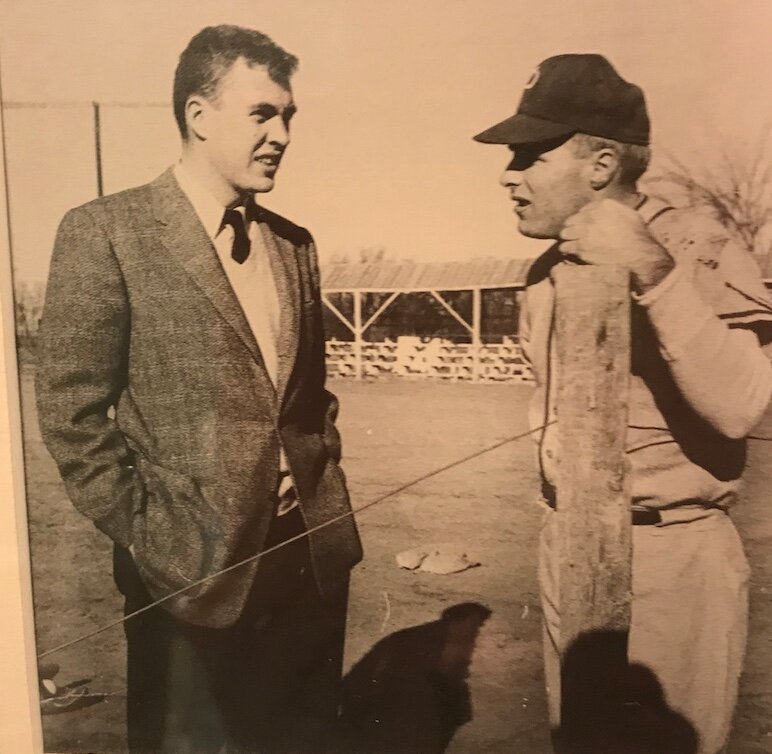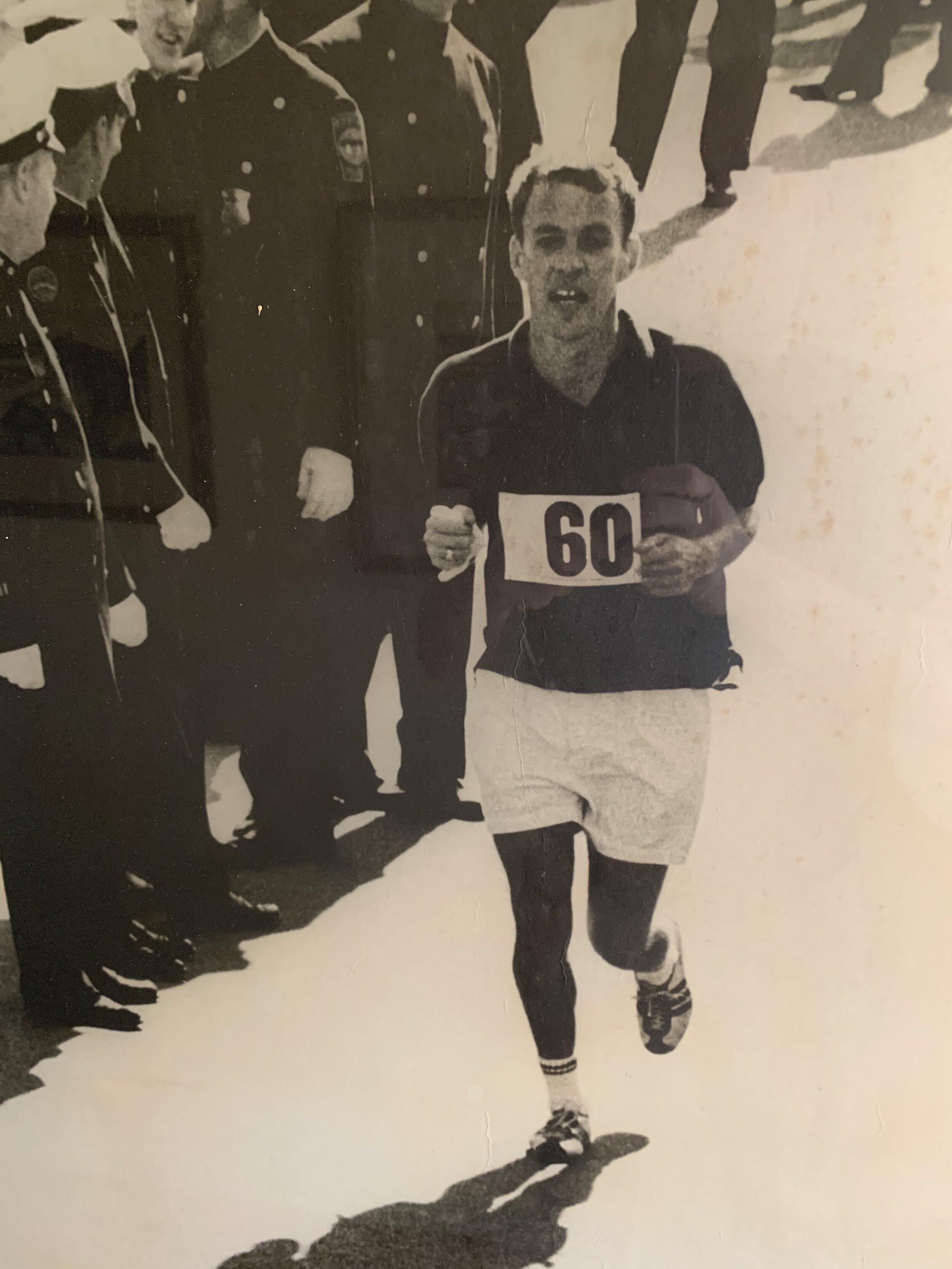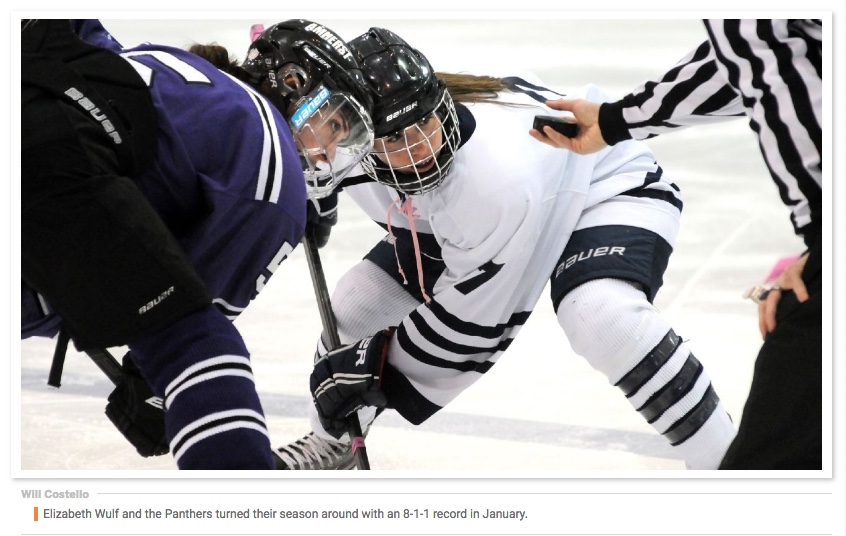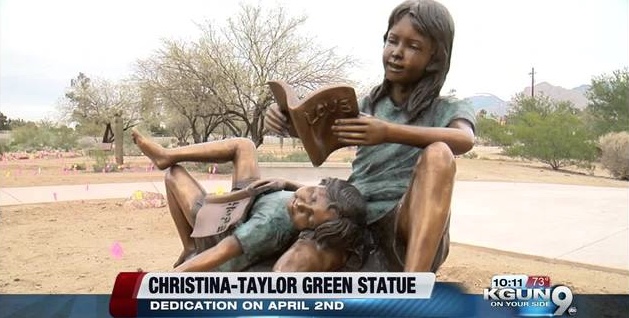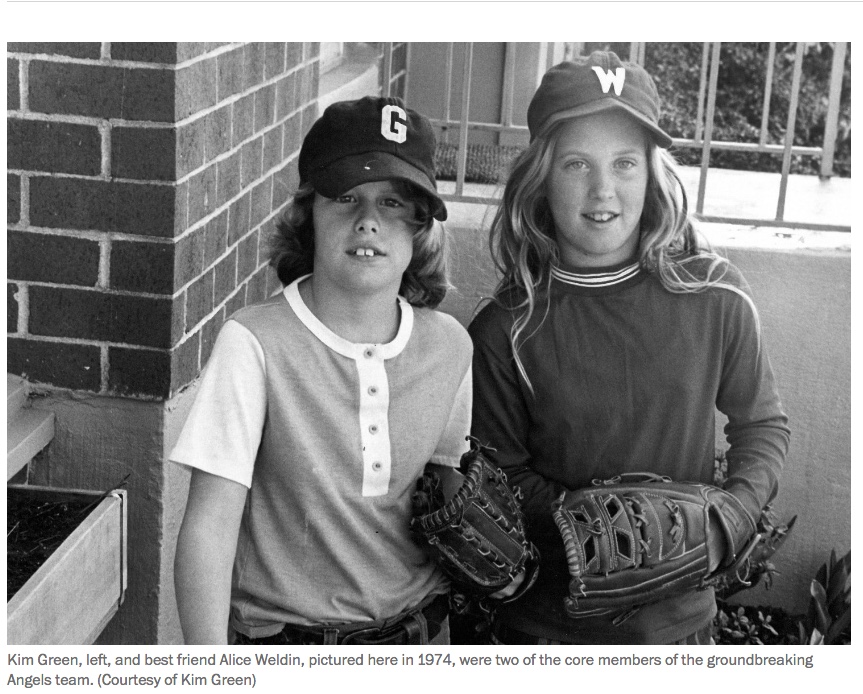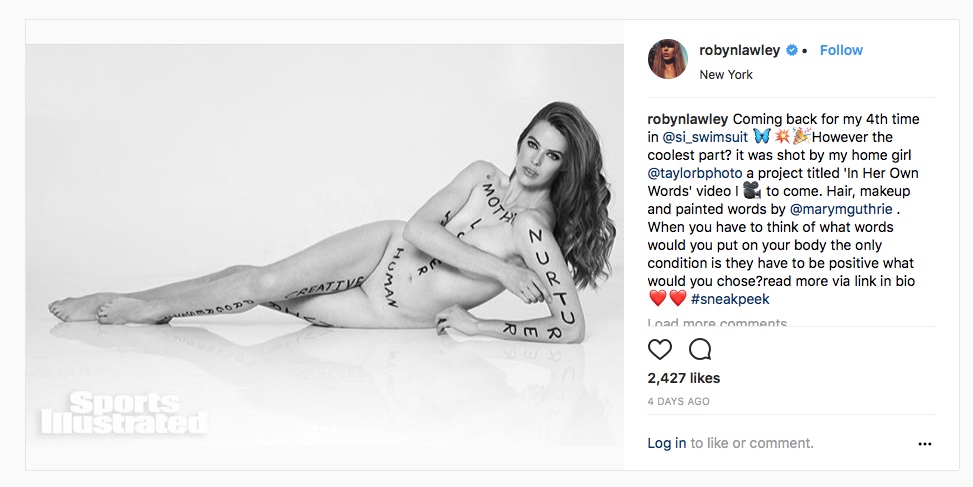The Finish Line
/Walter “Bing” Bingham would have turned 90 years old today, August 27, 2020. He passed away on May 13, 2020, a day that should go down in sports history because of all the sports events he had witnessed, chronicled and enjoyed in his decades-long career at Sports Illustrated. His colleague and friend Steve Wulf has written this tribute for Sports Illustrated, and I am sharing it here.
“We score more runs when he’s in there. Everything is better when he’s in there.”
Yankee manager Ralph Houk on Mickey Mantle, in an article in the July 2, 1962 issue of Sports Illustrated, “The Yankees’ Desperate Gamble,” by Walter Bingham
He was friends with Mickey Mantle, Chris Evert and Jack Nicklaus, but then Walter was friends with just about anybody who spent any time with him. He made a name for himself writing and editing for Sports Illustrated during the Golden Age of sports, but the words he crafted and refined were hardly his only contribution to the magazine.
It was his spirit, his love of games and people and stories, that brought out the best in us. As former SI managing editor John Papanek says, “His silhouette should be The Logo for Sports Illustrated, just as Jerry West’s is for the NBA.”
Everything was better when he was in there.
Walter passed away of chronic lymphocytic leukemia on May 13, a few months shy of his 90th birthday, in Duxbury, Mass. He is survived by his wife of 63 years, Betty Bredin Bingham, his sister Frances Kerr, his children Eric, Liza and Amy and their spouses, and four grandchildren.
He also leaves behind a body of work that stands with the best prose SI has to offer, as well as a generation of writers whom he nurtured, a pile of road racing ribbons, and thousands of memories of his acts of kindness and genius. Every year for years, his grace was crystalized in the Bingham Bowls that he and Betty hosted in their Port Washington home on the day after Memorial Day.
“He had a wonderful life doing what he loved most,” says Betty. “Writing about sports and being an active athlete—those were his great joys.”
Among Betty’s favorite photos of Bing, 2005
“I can’t begin to list all the things I loved about Walter,” says former SI writer Stephanie Salter. “They range from his pristine memory to his ability to sing every song by Cole Porter to the sheer natural beauty of his running stride. I think of all the lives and careers he touched.”
Walter would say that his life began when he was hired by SI in October of 1955, but in truth, he had already led a fairly interesting one before he arrived at the Time & Life Building at 50th and 6th. After all, how many people can say that they had a lunch date with Elizabeth Taylor in the MGM commissary, or saw Dr. Benjamin Spock for a bout with pneumonia, or played tennis with Kirk Douglas?
He was born on August 27, 1930 in Orange, N.J., to Janet and Walter Bingham. and he graduated from The Hill School in Pottstown, PA, where he played center field. He flunked out of Yale after one semester and moved to Los Angeles to be with his mother, who had been remarried to the renowned author Robert Nathan. His novels The Bishop’s Wife and Portrait of Jennie were made into classic films in the late ’40s, but Nathan himself was straight out of the movies—Janet was the fourth of his seventh wives.
Because his stepfather had become part of the Hollywood scene, Walter could say he spent time with Judy Garland on her 22nd birthday, dined with Gene Kelly and had that lunch with Liz. Nathan also introduced him to his Cape Cod summer home in Truro, the setting for Portrait of Jennie.
Walter took classes at UCLA and enlisted as a medic in the Air Force, which stationed him in Geneva, NY. Upon his return, he became a copy boy at the Los Angeles Examiner, where he would test his writing skills by doing mock game stories and asking Nathan to compare them with the real ones.
A friend told him that the fledgling magazine Sports Illustrated was hiring, so Walter applied for a job and was hired as a news clerk. Also working at SI at the time was Betty Bredin, who had become a reporter after a brief stint as a secretary. Their first date was a Red Sox-Yankee night game at the Stadium on May 28, 1956—Betty still has the scorecard. The Yankees won 2-0 in one hour and 49 minutes thanks to a five-hitter by Whitey Ford. Mantle scored the second run of the game after leading off the fourth with a single.
Walter was also at the Stadium for another 2-0 Yankee win on October 6 of that year. That was Game 5 of the World Series, and he was secretly rooting for his beloved Brooklyn Dodgers to break up Don Larsen’s perfect game. Even though Larsen retired all 27 batters, and the Yankees went on to win the Series in seven games, Walter had found his perfect calling.
His first byline was in the July 15, 1957 Sports Illustrated, under a story entitled “The Oklahoma Kids Hit Town.” It was about the McDaniel brothers, Lindy and Von, who had pitched the Cardinals into contention, and it’s a masterpiece of reporting—Walter spent the day with 18-year-old Von, his fellow rookie, who finds out just before game time that he’s going to start against the Dodgers. After his victory, Walter goes out to dinner with Von and Lindy:
“Von stared idly at the calloused fingers of his pitching hand. It had been a long day, and he looked tired. Finally he spoke.
”This is the first time I’ve been away from home, and I sort of miss the folks.” He looked at his brother and smiled. “But Lindy says you don’t get homesick unless you don’t like what you’re doing. And we both like what we’re doing.”
So does St. Louis.”
Walter liked what he was doing, and so did SI. He and Betty married that same year and started their family with David a year later. The magazine was just beginning to lose its country club airs and embrace fan-oriented sports, and Walter became a constant source of baseball stories—players gravitated toward someone who looked like them. A few years ago, writing in the Cape Cod Times, Walter recalled an off-season piece he did on the art of outfielding with the Phillies’ Richie Ashburn, who lived in Tilden. Nebraska.
“He said he would meet me at Omaha’s airport… When we met, the first thing he said was, ‘You look awfully young for this.’ I was to learn that Ashburn always said exactly what he thought. We got my luggage, got in his car and started to drive. I took out my notebook and began asking questions.
When a half hour had passed, I asked him how far away Tilden was. He told me 100 miles. He then apologized for being unable to put me up at his house. He had made sure I had a reservation at a nearby motel, but quickly added that I would have all my meals with him and his wife Herbie (Herberta). As Bogie said to Captain Renault in Casablanca, it was the start of a beautiful friendship.”
Walter interviewed Philadelphia Phillies center fielder Richie Ashburn for an instructional series at his home field in Tilden, Nebraska in the late 1950s. Their friendship lasted until Ashburn’s death in 1997.
As the Fifties rolled into Sixties, Bingham was there to chronicle Musial and Mays, Maris and Mantle. He had a very strong take on the home run chase in 1961, when Roger Maris and Mantle were chasing the ghost of Babe Ruth and Commissioner Ford Frick was insisting that Ruth’s record of 60 had to be broken in 154 games, the number that the Babe played in 1927: “Frick's attempt to protect the record, undoubtedly well-intentioned, is an insult to the man who set it. Ruth was always a man to accept a challenge. He probably would be happy to spot Mantle and Maris a few extra games.”
When Mantle passed away in 1995, Sports Illustrated published a special tribute book of its stories on the Mick. Walter had three of them.
But he was nothing if not versatile. He brought his eye and passion to other sports, most notably golf and tennis and running. Here he is, describing Ben Hogan’s return to the PGA Tour at the 1970 Champions tournament in Houston after a three-year hiatus:
“Hogan, bad knee and all, still swings at a golf ball in a wonderfully fluid motion. It’s a curious contrast—an old man, puffing away on his cigarette, limping up to the ball, then tossing the cigarette down and swinging like someone 30 years younger. And then having trouble bending down to pick up the cigarette.”
He attended the Masters for 20 consecutive years and became close to Nicklaus, whom he once accompanied on a practice round at Augusta. He was there for the first three rounds of the Masters in 1986, but he had to come back to New York to edit Rick Reilly’s story on Jack’s epic comeback. As it turned out, there was no better place to watch that final round than on the couch in Walter’s office, sharing in his excitement. For the rest of his life, he could recite the finish: “Birdied 9, birdied 10, birdied 11, bogeyed 12, birdied 13, par on 14, eagled 15, almost made a hole-in-one on 16, birdied 17, and par on 18.”
Walter was also a fixture at Wimbledon. Here is his lead from 1971:
“When she came out from under the green enclosure beneath the royal box and strolled onto center court, she appeared to be smiling. Smiling. Now you just don’t do that at Wimbledon, especially for the finals. When you play a match on that hallowed lawn, the knees should turn to jelly and the elbow to stone; you are supposed to look humble and reverent and, above all, scared stiff… So where does this 19-year-old kid, this Evonne Goolagong get off waltzing out there as if she were about to play a practice match?”
He had also met Chris Evert when she was a teen, and they became friends. When she was named SI’s Sportsperson of the Year in 1976, Walter was invited to the luncheon in her honor. As he recalled, “There were many speeches. At one point, the man sitting beside me handed me a note. It was from Chris. ‘You looked bored,” it said. It was signed C.E. I looked down the table at her and she faked a yawn… Call me sentimental, but Chris would be surprised to learn that in a cabinet next to my bed, tucked among other memorabilia, is the note she sent me at that lunch.”
Walter caught the running bug after covering the 1963 Boston Marathon, and two years later, he entered it alongside two Sports Illustrated colleagues, Andrew Crichton and Gwilym Brown. He wore Number 60 and finished in 3 hours, 45 minutes and 9 seconds—not bad for a 34-year-old guy in a polo shirt and tennis shorts. Their shared enthusiasm for road racing spilled over into the pages of SI and helped make jogging a part of the American lifestyle.
In his April 16, 2020 column for The Cape Cod Times, Walter wrote about discovering his love of and talent for running. That column’s headline was “Born to run — but not forever.” Here he is running in the 1965 Boston Marathon.
All in all, he ran in five Boston Marathons, three New York Marathons—his best time came in 1981 when he when he was 53 (3:13)—and countless 5K races, the last of which was the Pamet 5K in Truro Mass. just six years ago.
“He was the captain of our lunchtime run group at SI,” recalls former writer Bob Sullivan. “We were a generation and usually a few yards behind him. I still smile at the camaraderie we shared—and shudder at the cruddy shower on the 20th floor that we had to use. But just being with Walter was worth it.”
In its heyday, SI was somewhat old school and stratified, but Walter fought against that by encouraging and promoting younger staffers. As John Papanek, who was first hired out of college in 1973, says, “In my earliest months as a reporter, I remember being shocked that a man well into his 40s could so instantly befriend all of us 20-somethings. We would crowd into his office on Saturdays and Sundays to watch football games and golf tournaments like we were packing a college dorm room. He’d laugh at things we said and raise us two jokes.
“I also never knew an editor with this reliable gift he had of making your story better while making you feel better. He was never stressed or surly, and always friendly and smiling.”
For a brief time, Walter was SI’s Chief of Reporters, and as such, he hired Ivan Maisel, now of ESPN. “I’m forever indebted to Walter,” says Maisel, “not only for bringing me to SI, but also for those lunchtime runs when his steady patter of SI lore and writing tips made you forget how hot or cold or hilly it was. And for serving as my tour guide at Augusta National and the wonderful dinner conversations during Masters week. And for puncturing the self-importance and over-editing we sometimes encountered.
“He used to say a certain SI editor would send back the Casablanca script with this notation: ‘The Germans wore gray. You wore (koming shade of) blue.’”
The SI football pool, which attracted everyone on the staff, was his baby. And then there were the Bingham Bowls. Says former writer Brooks Clark, “They were Walter’s and Betty’s antidote to the regret we felt at having to miss Memorial Day festivities because of our Sunday and Monday closes. So we would all take the train to Manhasset and take part in softball, tennis, and sometimes basketball. Then we would have this wonderful cookout.” On the train back to Penn Station, we would be giddy over friendships deepened and futures foretold.
Bingham Bowl, Mid-1970s
Some of us stayed at Sports Illustrated and realized our dreams, just as Walter had. Others took the lessons they learned from him and made their new homes better.
“After a few years working at Time in New York, I was sent to Los Angeles to be a correspondent on the 1984 Summer Olympics,” says Melissa Ludtke. “Covering Carl Lewis was a thrill, but what truly made those Olympics so special for me was being reunited with Bing, whom Time’s managing editor Ray Cave, who’d left SI shortly before I did, brought in to oversee the magazine’s Olympic coverage. With our shared love of Cape Cod and our families’ histories there, I never lost touch with Bing and his family.”
Walter officially retired from the magazine in 1988, but he continued to freelance for SI, comparing Tiger Woods to Hogan and Nicklaus, waxing poetic about the French Riviera for the swimsuit issue, paying tribute to SI greats who had passed away. His last official byline for the magazine was in 2007—50 years after his first.
But he wasn’t done writing. He and Betty had moved to Truro in 1991, shortly after their son David, an automotive journalist, died of a brain tumor. Bill Higgins, the sports editor of the Cape Cod Times, recalls a phone call he got in the winter of 2002 from someone who took issue with his assertion that Bill Buckner was responsible for the Red Sox losing the 1986 World Series to the Mets. When Higgins asked, “Are you the Walter Bingham from Sports Illustrated?”, and Walter answered in the affirmative, Higgins offered him a regular column.
So for the next 18 years, readers of the Cape Cod Times got to read one of the best sportswriters who ever lived. Walter’s last column, published on April 2, 2020, was a reminiscence about his start at SI.
A few years ago, Walter broke his hip, relegating him to a walker. But as a writer, he never lost a step, as evidenced by this column he wrote on August 24, 2019. It begins,
“I sit at my desk, pondering what to write about the wonderful world of sports that might interest you, when my wife calls from the other room with this cheerful thought: “Don’t you think it’s about time we write our obituaries?””
And it ends, as we will, with Walter’s description of that 1965 Boston Marathon:
“We all finished—a shock to some skeptics. One of us, Gwilym Brown, died nine years later. Andrew Crichton died recently at 93. Until I join them, the closest I’ll get to heaven will have been running downhill to the finish line that year with my whole family cheering.””
-30-



